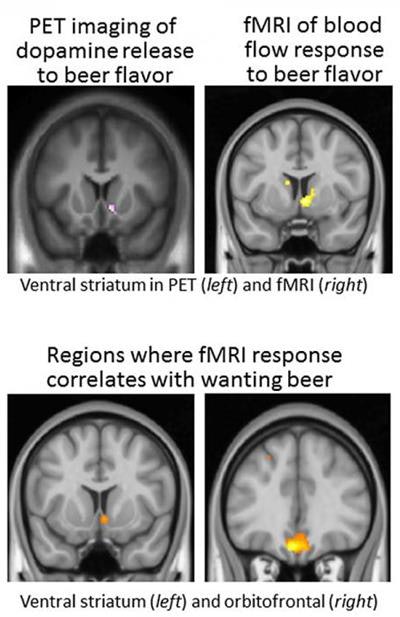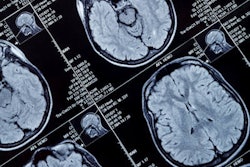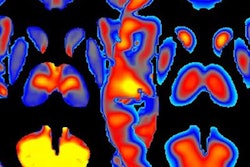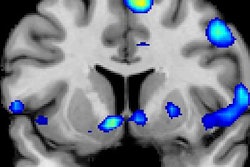
Researchers from Indiana University used PET and functional MRI (fMRI) to find a small section of the brain that controls one's craving for alcohol, according to a study published online in Alcoholism: Clinical and Experimental Research.
A pea-sized structure in the right side of the brain activated when subjects drank a beer, prompting their desire for another one. In contrast, the same region showed little or no response when participants consumed a sports drink.
Both PET and fMRI revealed more activity in both frontal lobes and in the right ventral striatum from the beer flavor, compared with the sports beverage. The right ventral striatum is associated with motivational behavior and reward (Alcohol Clin Exp Res, July 26, 2016).
 PET and fMRI scans show that the beer flavor induced more activity in both frontal lobes and in the right ventral striatum of the subjects' brains than did the sports drink. Images courtesy of Indiana University School of Medicine.
PET and fMRI scans show that the beer flavor induced more activity in both frontal lobes and in the right ventral striatum of the subjects' brains than did the sports drink. Images courtesy of Indiana University School of Medicine.In a previous study, the researchers found that simply the taste of beer, without any intoxicating effects of alcohol, was enough to cause the release of dopamine, according to a release from the university.
Lead author Brandon Oberlin, PhD, said they believe this study is the first to use multiple brain imaging modalities to reveal both increased blood oxygen levels and dopamine activity in response to the taste of an alcoholic beverage.




















